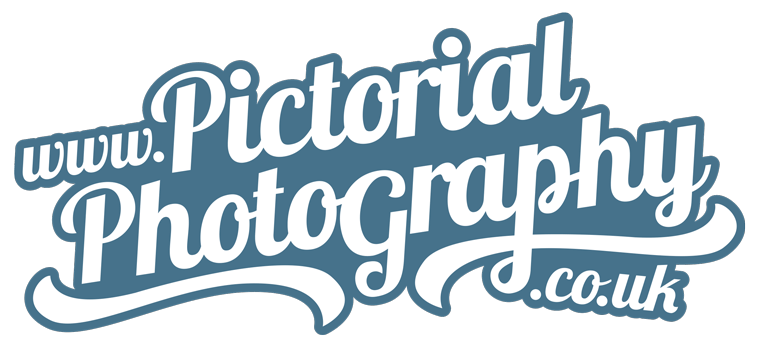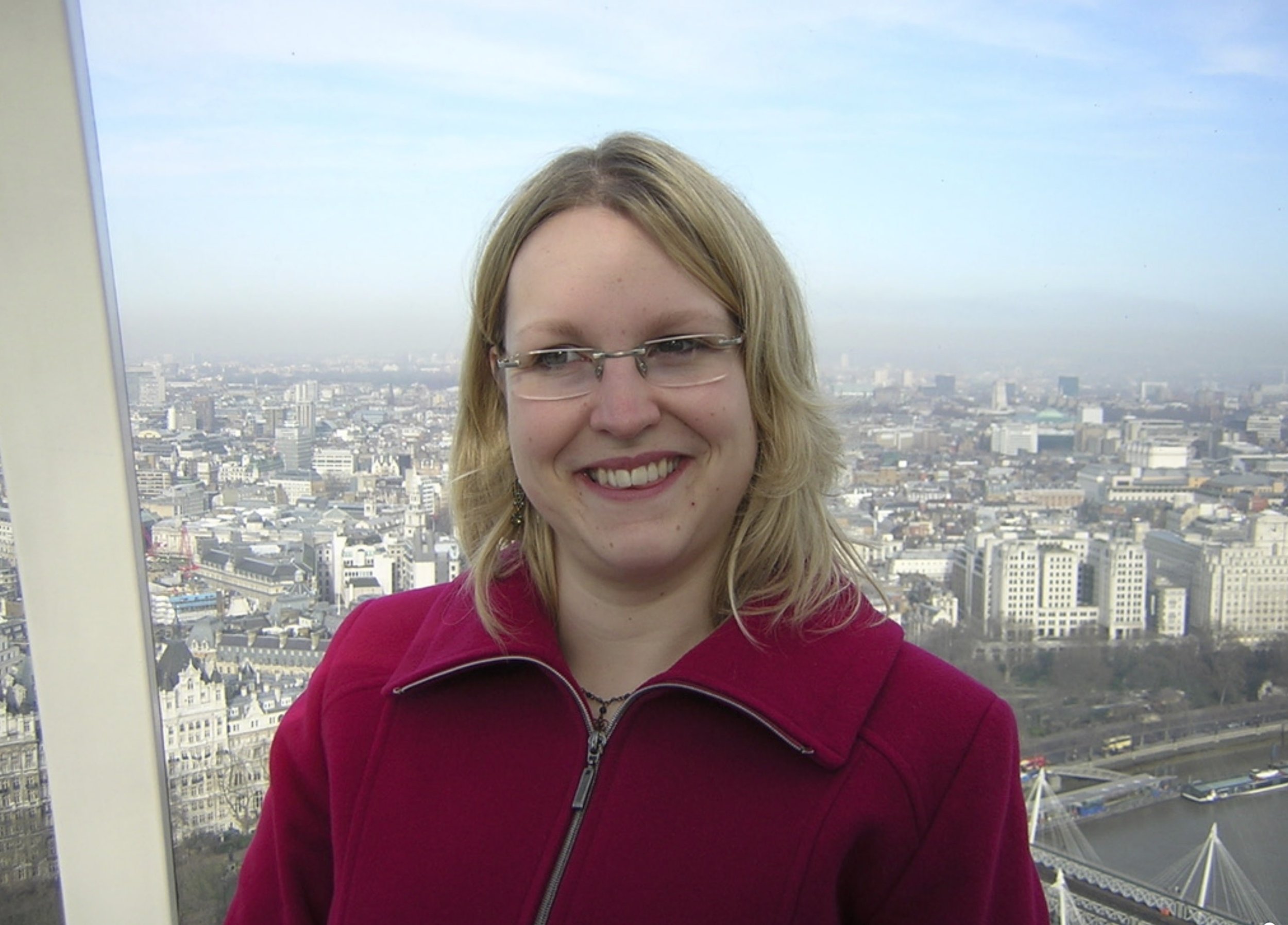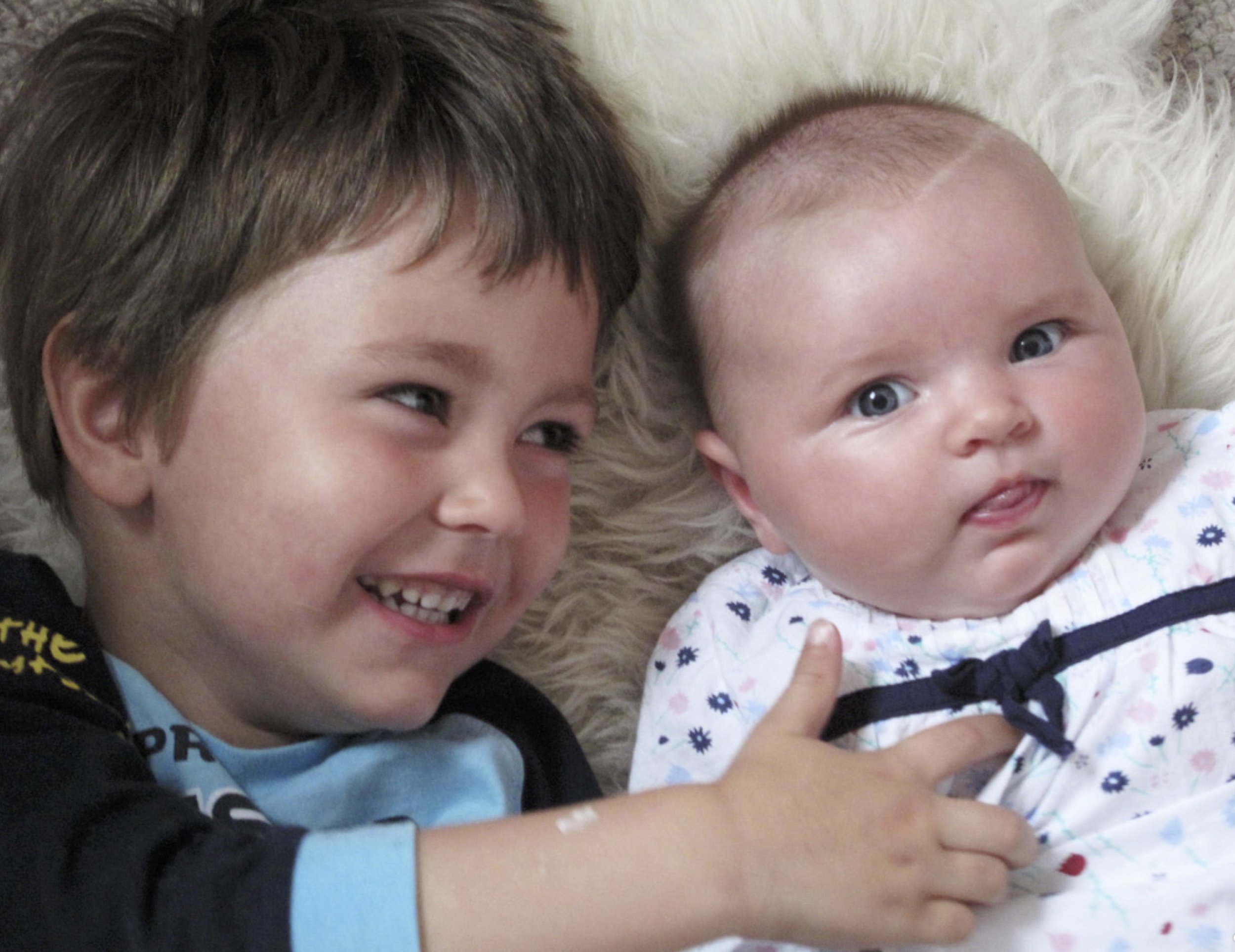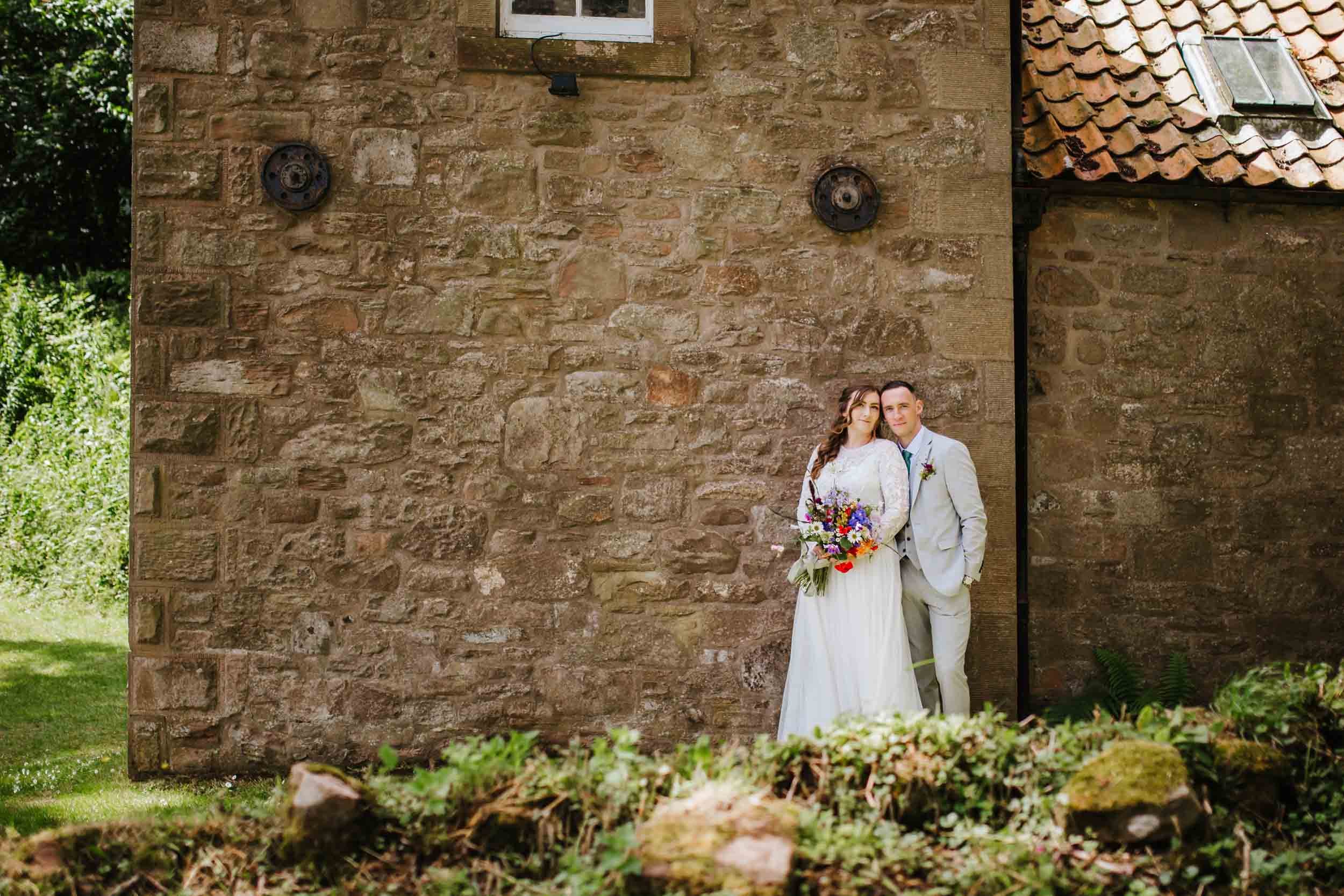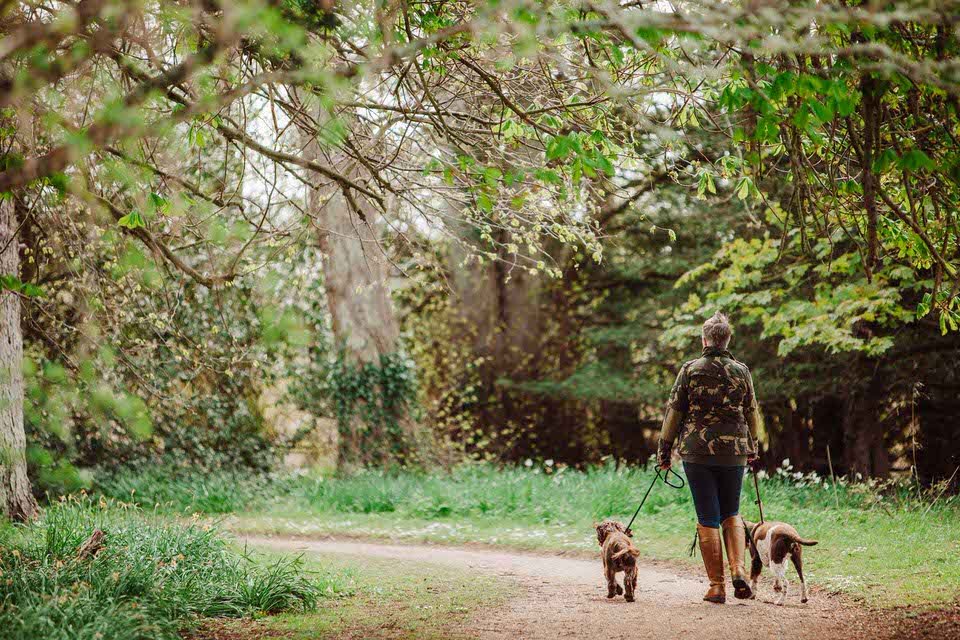22 Years in Business - An Interview with Sarah (by Sophie, Marketing Apprentice)
An Interview with Sarah, organised by Sophie (marketing apprentice, Pictorial Photography)
Sarah has been an independent photographer since 2001, growing her business over the years and adapting to life's challenges (such as lockdown). As Sarah's apprentice, learning the way her business works and seeing how much can change in only a year and a half, I asked Sarah some questions about the story of Pictorial Photography.
When did you start the business and why?
Sarah in 2001
I was asked by a friend to photograph her wedding when I was at university studying Contemporary Photographic Practice. I was only 19 but I knew this was what I wanted to do, so I thought up the business name, registered ‘Pictorial Photography’ with HMRC and got insured. Soon after that, colleagues and friends started asking for photos of their families and children. I also took on a few more weddings in Newcastle - shooting on film! I worked at Northumbria University by then so it was more of a weekend job for the first 5 years.
Leo and Stella, Sarah’s children
Over those first 5 years I grew the business and built my website, which meant that when I had my first child, Leo, I could work around him. Leaving employment was less of a choice and more of a necessary decision. Self-employment offers many opportunities and benefits like flexibility, so it was my only option. It was difficult at first, juggling childcare and working when they slept (when I was exhausted), but I have no regrets.
What was your goal for Pictorial then and now?
At the start the weddings were something fun to photograph at the weekends, then my photography grew into a flexible job to be able to work around my babies. I used to photograph a lot of children when mine were young and it fitted in well with school times. Now they have grown into teens, I focus more on business and branding photography, aiming to work less at weekends.
Our old Quayside studio
I guess my business has followed the flow of my life to an extent. I find I have a lot in common with my clients so I must be attracting people at a similar stage in life. I’m very into marketing and business development now and this year we have been working on a better CRM system and a much-improved customer journey for clients. It feels more professional and saves a huge amount of time on a day-to-day basis.
What did you do before?
I used to work at Northumbria University’s Design School, helping students create their vision in the studio and learn Adobe software. I was an Apple Mac demonstrator and a part-time lecturer. I loved working there and although they were flexible and accommodating employers, even after going half-time the long commute didn’t work for me when my children were little.
What was your biggest learning curve?
Sarah working in our new studio and office at the Ramparts
It took me a really long time to feel happy and confident with studio portraits, getting lighting to look natural and flattering in the studio was a challenging skill to master. I used to call myself a ‘natural light’ photographer but that was a total cop-out because I just wasn’t confident with studio lights.
I’m so glad I worked on those skills because I can now shoot with flattering and consistent light in a warm environment at any time of year. Being a ‘natural light photographer’ used to mean that my sessions were often cancelled last minute due to bad weather.
How do you spend your spare time?
Sarah and Marley
Spare time, what’s that? But seriously, I enjoy walking my dog Marley when it’s not windy or raining, I love a bit of DIY, but I’m usually driving the teenage kids around in Mum's Taxi! When we get the chance I love to travel with my husband Aaron, and sometimes the kids. I feel like I have to completely leave the country to properly unwind from work.
What changes have you made to your marketing strategy?
22 years ago, things like having a listing in the ‘yellow pages’, newspaper ads and putting posters up around town were key to getting business. Nowadays most of our marketing activities happen online.
How much time do you spend working on your business each day?
Probably a couple of hours each day, even when I am at home I listen to business podcasts and have a large library of photography books and business training and I love to tweak the website! I sound like a right saddo but I adore it!
Do you remember your first day?
Yes! I remember sitting in my little flat thinking up the name, phoning to ask my mum what she thought about it, and registering it on HMRC, thinking that was all a bit scary. Then I started making a physical ‘mood board’ for my logo. No such thing as Pinterest back then! I remember sticking things on it like a Tunnocks tea cake wrapper and labels from ice cream cartons.
Over the years have you used any exceptional professional services for your business?
Gosh, so so many. I’m a huge advocate for getting help with the things you don’t enjoy or things that aren’t in your skill set. When you are self-employed you do take on a lot of things which push you out of your comfort zone and you have to be quite adaptable. There are certain things that are downright awful to do, for example, I find working with numbers totally mind-numbing so I’ve always had a good bookkeeper and accountant to make sure everything is right in that department. I’m also not a fan of cleaning and would much rather be taking photos, it’s something that I feel is definitely worth paying for and a nice clean environment certainly improves how I feel.
One of the earlier versions of our website
In the early days, I enjoyed working with creative website designers but it was very expensive for such a small business and I knew that it would be something I would enjoy so I learned the skills to create and update my own site. I do get help with SEO (not in my skill set) from online SEO gurus like Lee Fletcher and Menekshe Stewart, whose training is quick, clear and easy to understand.
For the website, I have commissioned local proof-reader Trudi Morrison to check over my words.
I’ve had various headshots taken by lovely photographer friends - Caroline, Alex, and Amber, never an easy task!
I love attending Business Northumberland and Rural Business Growth Service events and still go along to their training days to stay up to date with new business-y things. There’s always something new to learn!
There are a few amazing online services I couldn’t work without now too: my website is built on Squarespace; our new (amazing!!) CRM system is Studio Ninja; and our photo hosting platform is Pic-Time.
How has your job changed?
My first few weddings were shot on film and at the start the competition was mostly older men. That changed when everything went digital and a lot of them retired instead of learning the new technology. Nowadays there are lots more women in photography and it’s a shared market, probably because self-employment ties in well with family life.
Customers know a lot more about photography and take photos every day on fancy mobile phones now. They also have access to constant amazing imagery online which means they have much higher expectations than they did in the past.
When my children were little I worked from the kitchen table (into the wee small hours after they went to bed). Now I only work from my studio and my work/life balance is much better (not perfect, but better).
Why do you think Pictorial Photography has stood out from other businesses and been successful?
I think it’s customer service and trying to think about everything from the clients’ point of view.
I’m always learning and keep up to date with new technology, I love going on courses. I’m currently learning video to create short but beautiful films for websites which I’m really excited about.
What is your proudest business achievement of the last 22 years?
Moving from the kitchen table to my first studio was a really big moment but my proudest achievement is the day I got the keys to my (current) new, bigger studio and was able to start growing the business again after covid. When it seemed like other businesses were shrinking back, we were expanding and optimistic for the future with a lovely new space from which to do it.
The entrance to our lovely new studio and office at the Ramparts Business Park
Where do you see the business in 5 years?
Hopefully still doing what I do but with more branding and product work in the studio. I love working with small business owners. I’d also love to get back into a bit of teaching so have been looking at starting that online too.
If you would like to take a look at our branding and product work, check out the business pages HERE.
Intimate and Colourful Wedding Photography at Paxton Boat House
Grace & Tom’s wedding was held in early July at the Boathouse which is on the grounds of Paxton House, down by the River Tweed.
With a copper flower arch made by Grace’s father Amos and beautiful flowers supplied by Grace’s friend Liz Ellis, who runs The Meadow Bothy, the wedding had a natural and relaxed feel to it.
Grace made a lot of the decorations and favours, she even baked her own cake!
There are lots of different spots for great photos down at the Boathouse. There are old rustic doors and walls, the salmon fishing boats, the inside of the boathouse with the fairy lights and paper lanterns, beautiful woodland which looks great at every time of year, and the River Tweed itself.
After the ceremony, all the family and friends returned to Ayton Bowling Club for some tasty food by Stewart Brown Catering, drinks, sweeties and dancing into the wee small hours!
I loved the vibrant flowers adding a pop of colour to photos at this wedding, especially the wild strawberries on the groomsmen’s buttonholes. Check out more flowers on her Instagram @themeadowbothy.
Click the button below for more information on our Wedding Photography service.
Which of These 7 Types of Product Photography is Best for Your Business?
Have you ever wondered how to better showcase your products? Have you tried taking an artsy angle but the focus was in the wrong place? Well here are 7 different examples of professional photography that have the power to elevate your business's online presence and website.
1. Studio Backdrop
Using a simple, carefully chosen backdrop gives your product personality. It adds another bit of information about the product without being distracting. The highlight is still on the product but it is more interesting than a plain white backdrop like a lot of companies use. However a simple background is effective and common in e-commerce.
2. High Key and Cut Outs
High-key photography is just another term for photos of a product with an entirely white background, giving it a polished and professional look. With online shopping growing more common in everyday life, product photography like this is seen more but can make some products seem boring and lifeless.
Cut out photography is very similar to high key in the way the photo is actually shot but instead of keeping the white background, it is digitally removed to create a cut out shape with a see through or transparent background, otherwise called a png. Photos with a clear background like this are able to fit over any webpage seamlessly without any harsh white border making the website seem unprofessional. It does take more time to create this type of product photography but it may be just what your business needs.
3. Detail Shots
When buying online, one of the things a buyer is looking for are the details that they could find easily if they were buying in person like the inside of a drawer or close ups of a coat zipper. It is important to show potential buyers all the details of the product you are trying to sell.
Other details that you can photograph are things like your bespoke packaging if that is something unique to your business. Sometimes even simple but close up shots are wonderful for helping to showcase your designs. Having a detailed close up will highlight the quality of your product.
Groups of static products photographed together to show the variety of the products your business sells or to show bundle offers is also a good idea.
4. Proportions
Knowing what size something is before buying is essential and being able to do that from proportion shots saves time. Being able to show your product's size through proportions and scale helps a potential buyer visualise your product. There are many ways to show proportions in product photography but the most common way is by using a universal object like a human to show the size compared to them. This is even more vital when your business has multiple product sizes so that a customer can make sure they buy the correct size.
5. Lifestyle
Real life photography brings a warmth to your product and gives it a context. Seeing lit candles on a table or someone sat with a bowl of cereal shows the way a customer is intended to use a product and therefore creates a realistic feeling of what actually is being sold. This type of photography is more common within fashion and home ware industries but it is not limited to them! Creating an environment for your product may generate more interest but it could also be unnecessary for a simple product.
6. Using Models
Professional models can be expensive but anyone can be a model for a business as long as they sign a model release form to say they allow the business to use their photographs for marketing and advertising. Because of this, you or people you know can easily be used as models to show off your products. The struggles with this type of photography however lie in human flaws. Attempting to get a group to pose together at the same time can be difficult and only gets more complicated when pets or children are involved. Despite the struggle, using models in product photography creates a genuine atmosphere and lifestyle look.
7. Composed Sets
Having a carefully arranged set can create a story of the product and make connections between your product and how it was made or what it can be used for. A Flat Lay shot is commonly seen and is a good example of a composed set which is when the shot is taken from directly above the product which has been laid flat hence giving it its name.
It can be easy to overcrowd a set and use many additional props that your product is no longer the focus so be cautious about what is included and make sure everything is relevant. It doesn’t need to be complicated to be effective.
Só Madra
All of the product photography examples used in this blog are from a commercial shoot in the summer commissioned by Gillian. She runs Só Madra, her own small Borders based business, where she lovingly creates luxury dog leads and collars with help from her partner, Keith, and their 3 beautiful spaniels. Gillian has worked hard on her branding so it was important that the images provided by Pictorial Photography aligned with how she visualised her brand and its message.
Gillian used our free commercial photography brief template to communicate her brand’s story and her website goals. We then worked together to capture quality photographs at her home; on two dog walks; and in our studio, where we produced several consistent e-commerce photographs, close ups and packaging examples for her online shop.
Take a look at their range of products at www.somadra.co.uk
